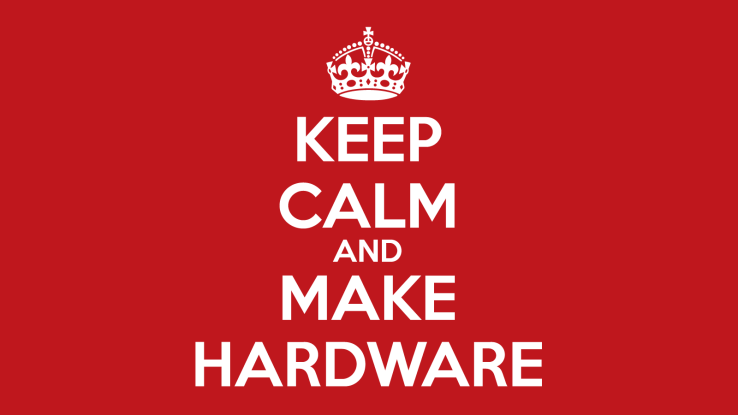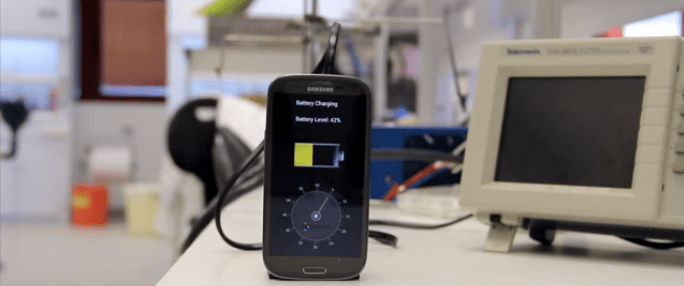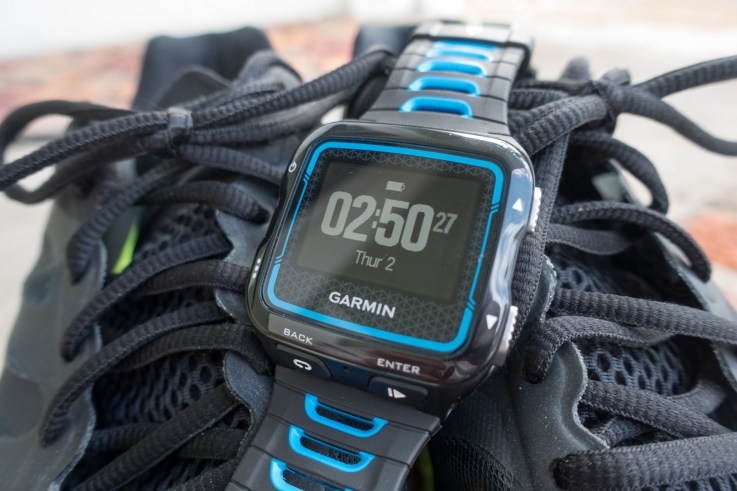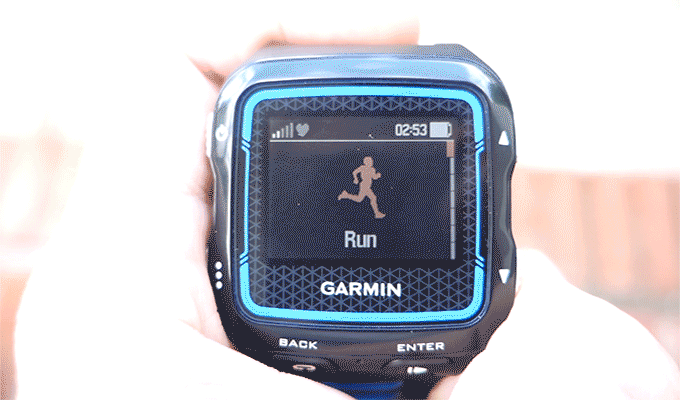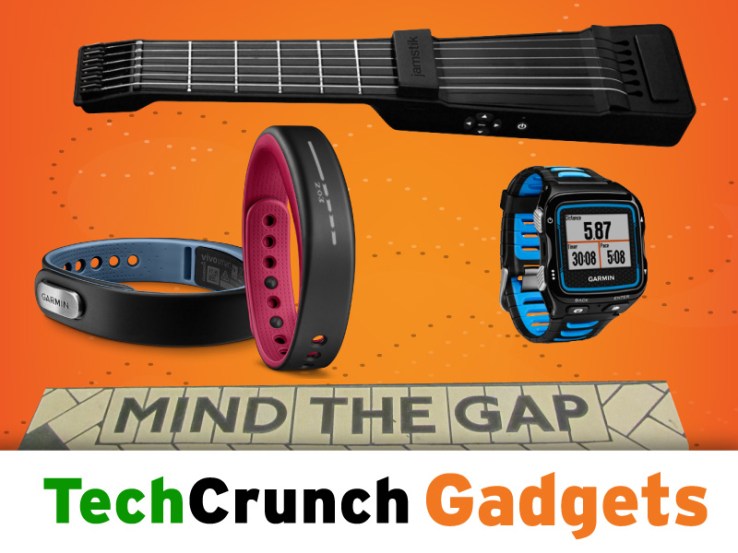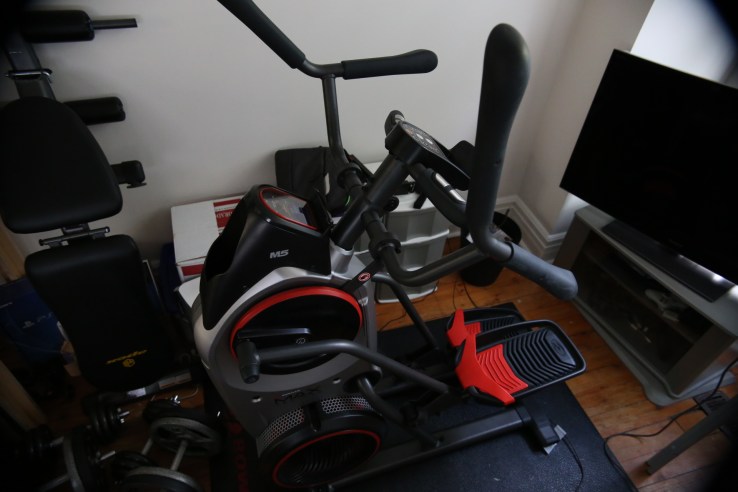Whenever an infant is born into a family, it’s a norm to first assess him/her with a name. The name of a person is just not a word to be referred to them but actually is the definition, a description of their personality and the briefing of their traits. It should be made very sure that while naming a person all the necessary measures are taken care of. They say that labeling of a product is done properly to define the quality of that product. The same theory can be applied upon assessing names to the young ones too. The better the name the more illustrative would be the definition.
While a lot of people who believe in ancestry, name their children on the basis of their legacy or the family trees, while others who believe in Numerology have different opinions. The people who believe in numerology work and practice a lot with numbers before naming their kids. In numerology each letter of your name is said to have an individual corresponding number. Cornerstone is said to be the first letter in your name while capstone is said to be the last one. Under Numerology the first vowel is also given sheer importance, as it is said to fulfill all your urges and dreams in life. Each and every letter in this section has a meaning of its own and preparing a name with all those combine meaningful letters will eventually make out the best desired result. The sum of the numbers in your birth date and the sum of numbers you make out while naming a person displays a great deal in the character, the future, the strengths and the weakness of an individual. Numerology helps in standing and fighting against all these weaknesses and odds. Believers say that numerology make you achieve whatever you want in life, and not just infants, a lot of people change their names in the later stages of their life too after realizing the problems they are suffering in their lives and in order to fight against them. This concept of Numerology was initially brought up by the Babylonians but gradually everyone started practicing it and eventually it became so popular and effective that now it is practiced across almost all over the world. There might be no scientific proofs about the authenticity of these numerology charts, but people still have faith in ample numbers about the relationship of words and numbers.
People also believe that in Numerology the on goings and the redemption is based upon three major factors; the date of birth, the name given to you on your birth and the name you use currently. The third factor can well be managed according to the needs and necessary requirements by the Numerology charts. There are ways to work over your names even if you’re a grown up in order to get over the grey shades you are going through in your personal lives. So everyone needs to go through that Numerology chart while assessing their young ones with new names.
Browse through name meaning, rankings, other people's comments, ratings, and other statistics in addition to the name meanings.
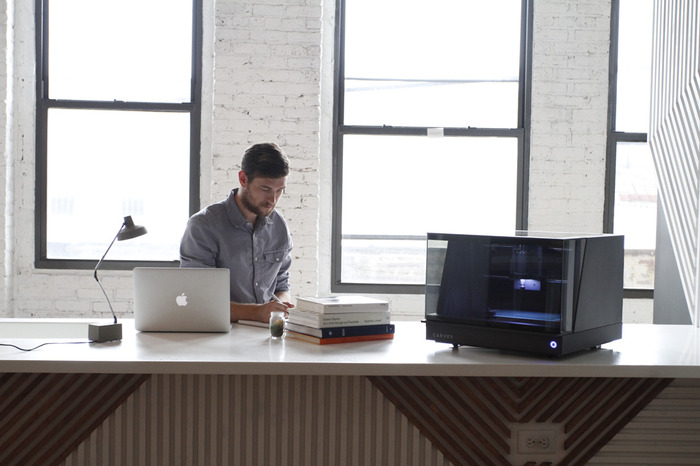
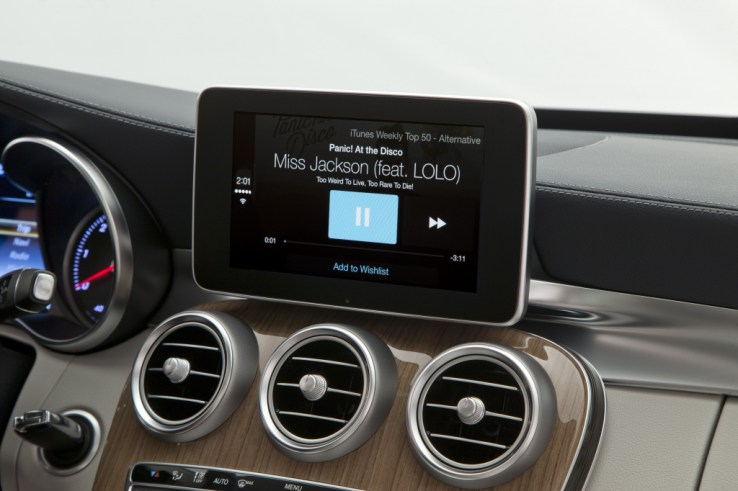
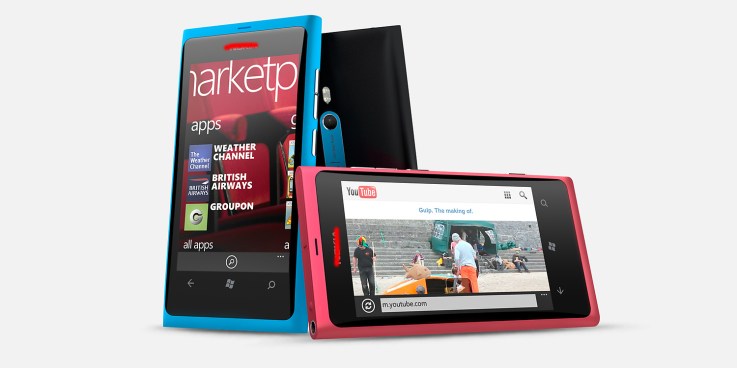
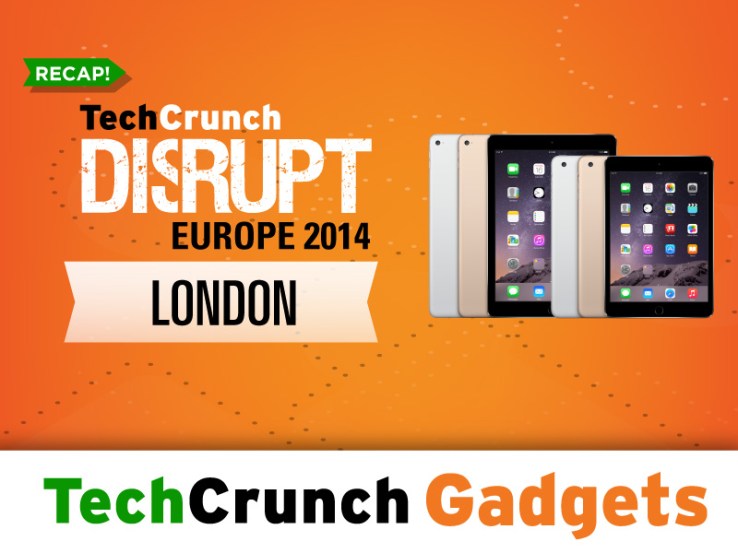
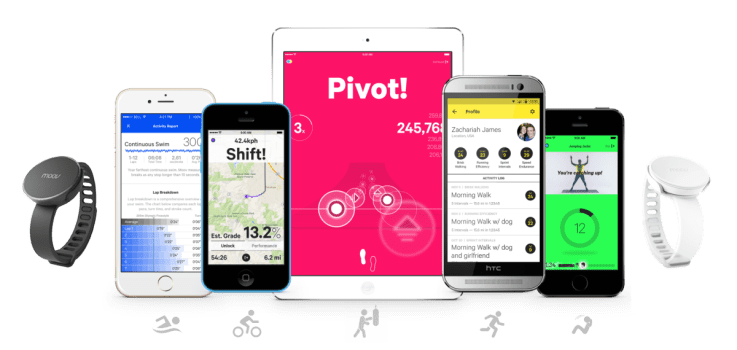
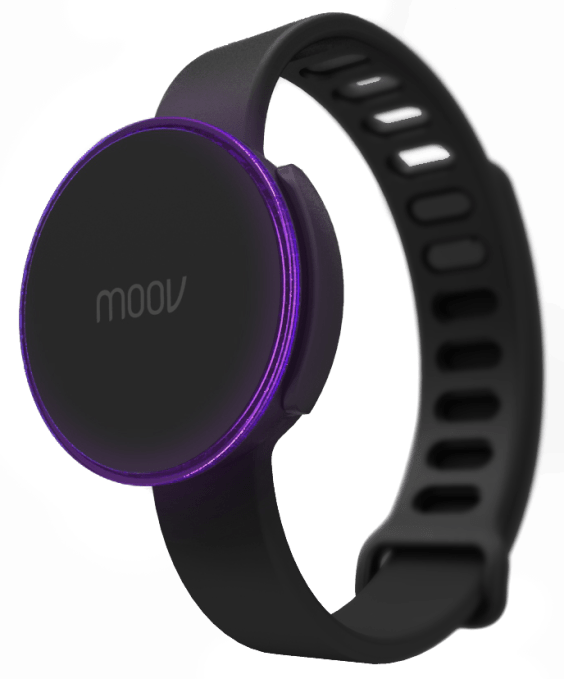
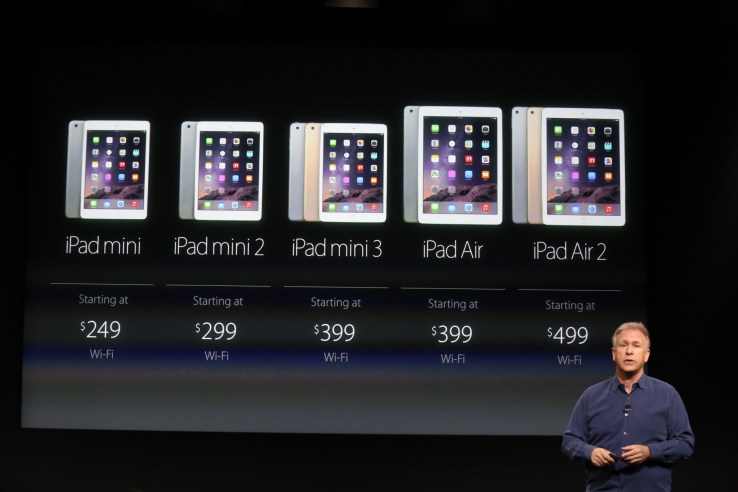
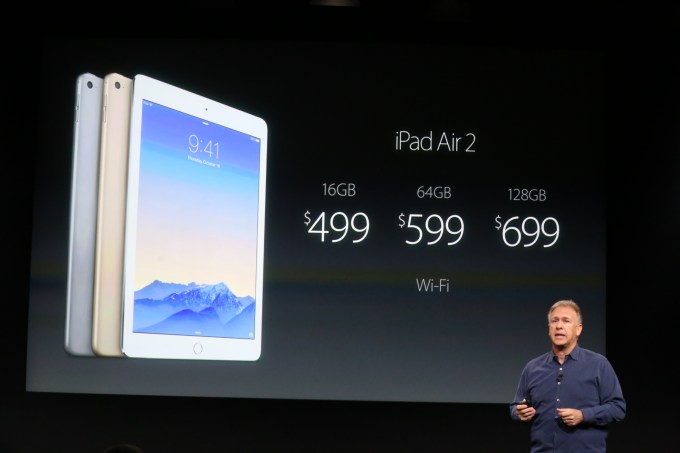
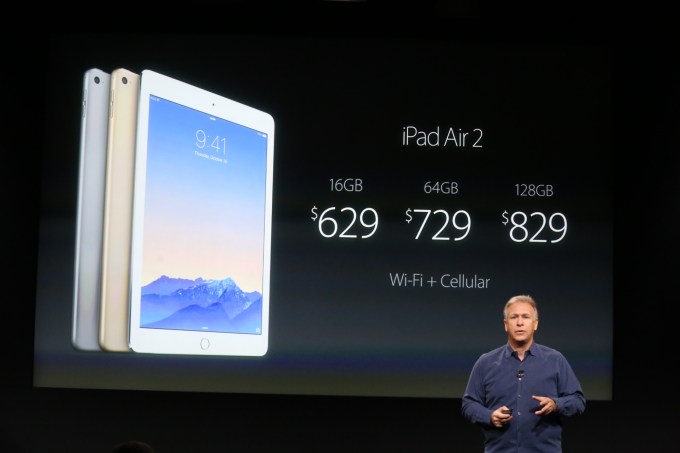
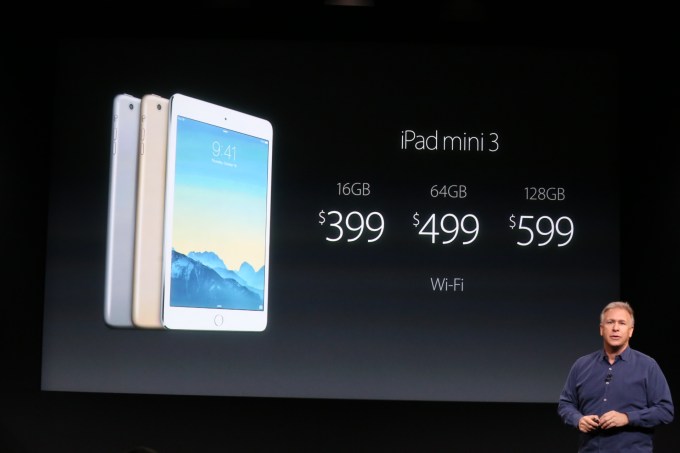
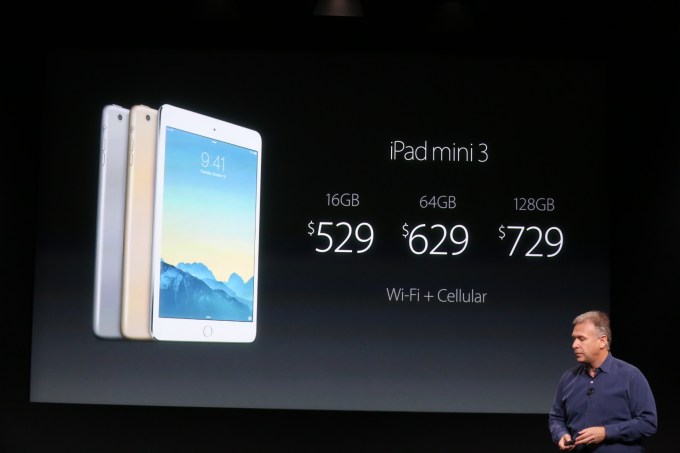
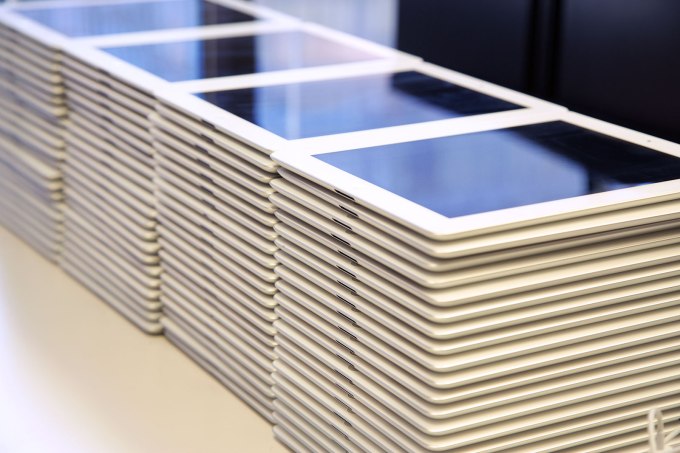


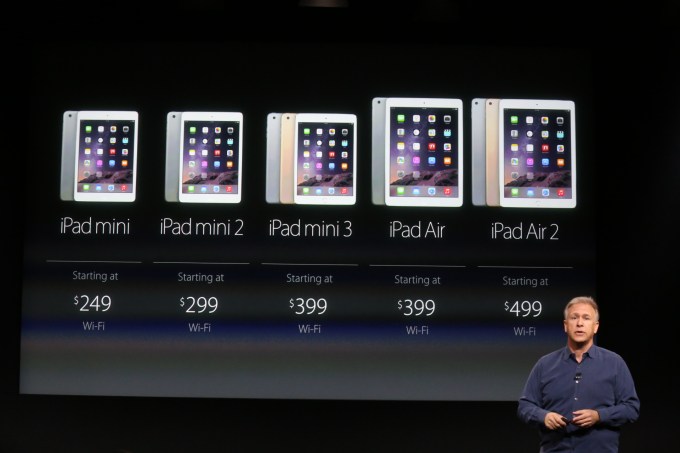
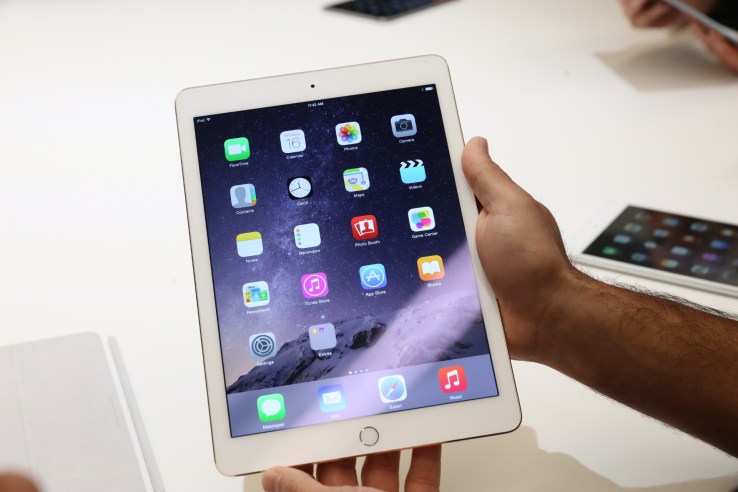

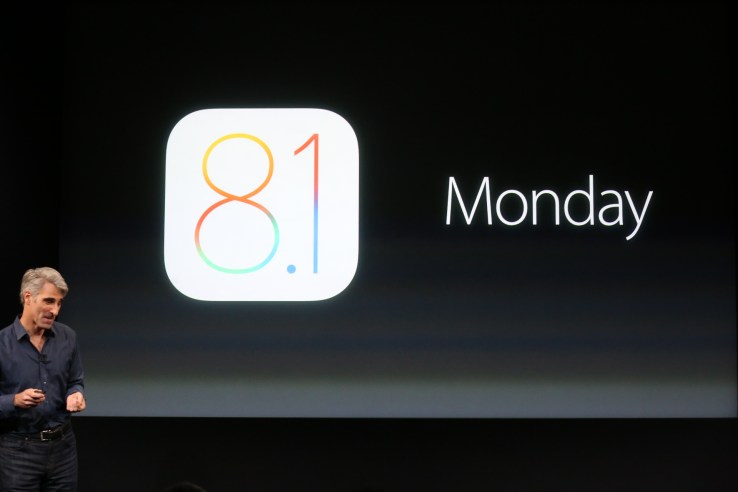
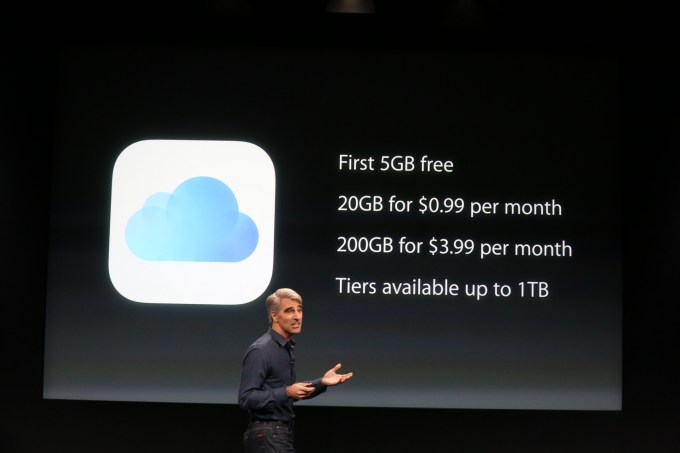
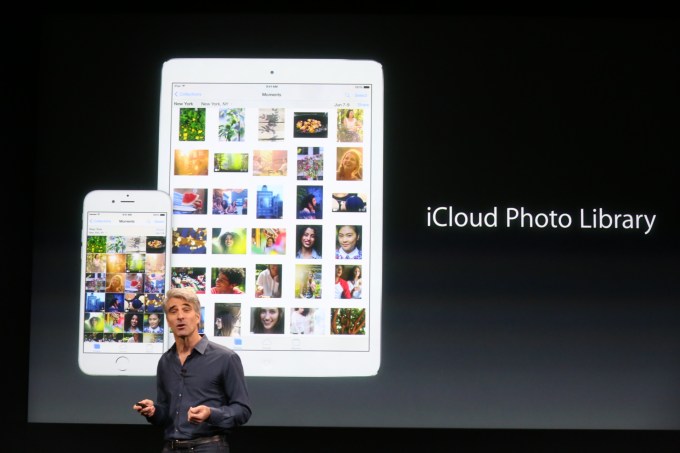


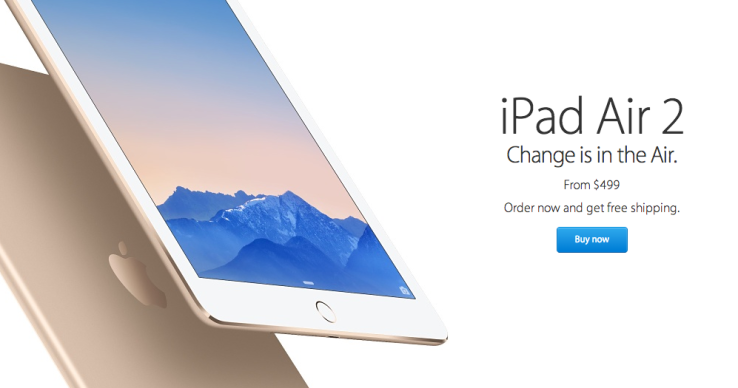
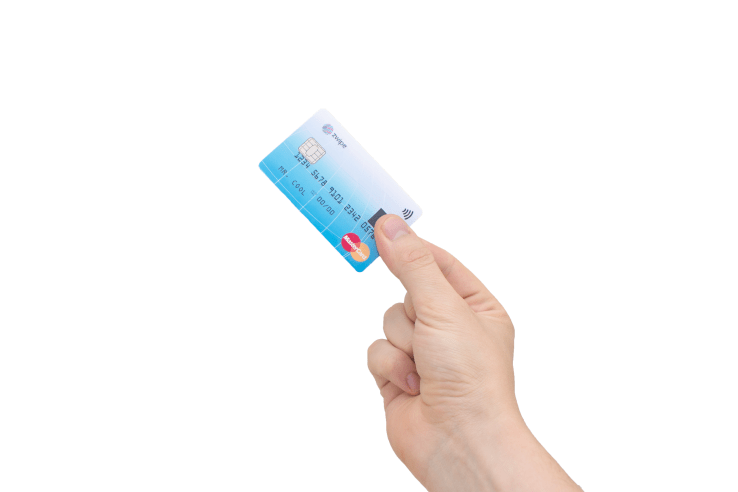
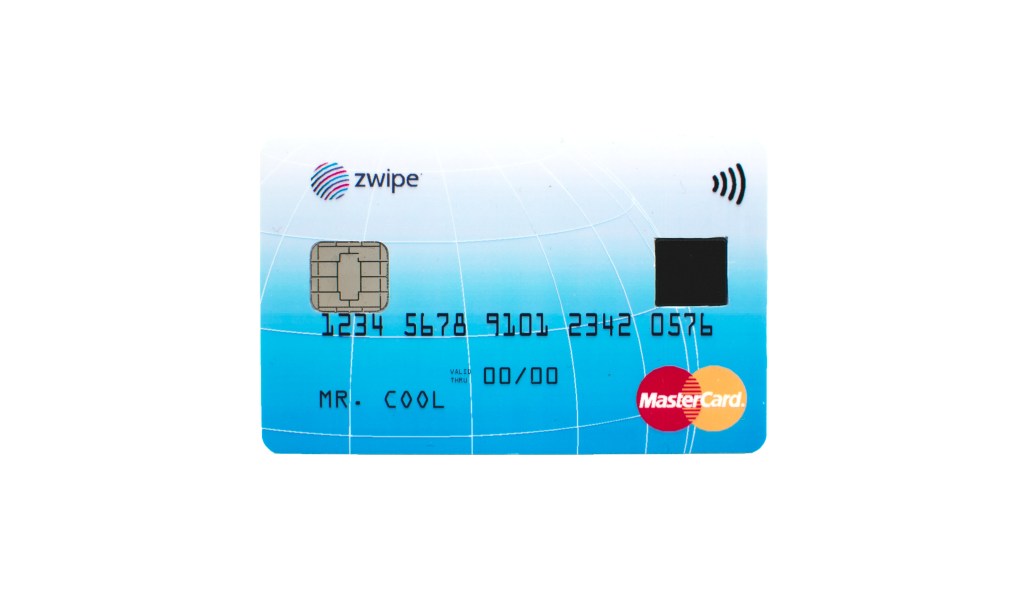
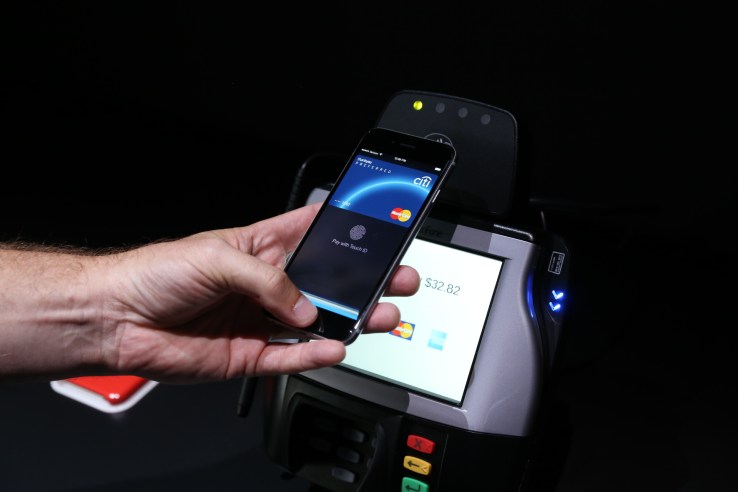

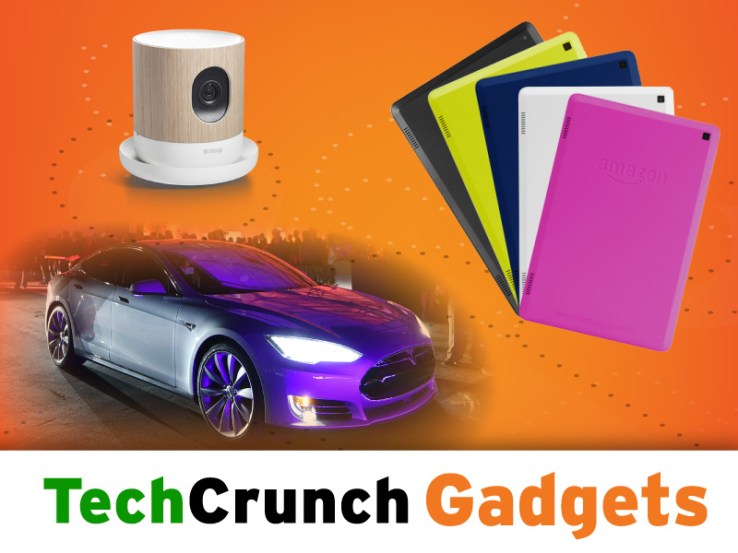
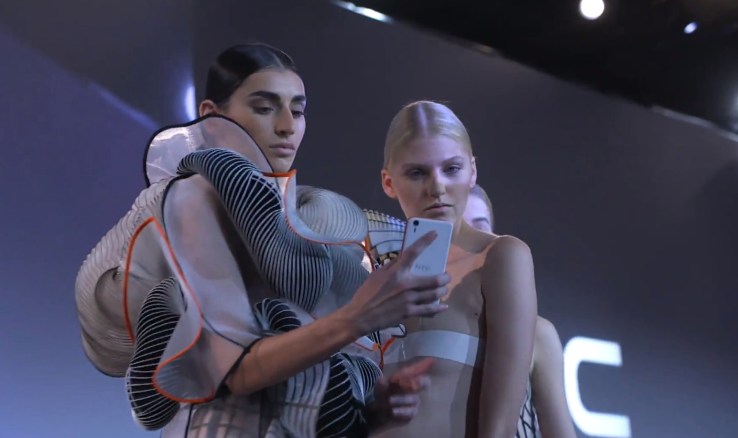
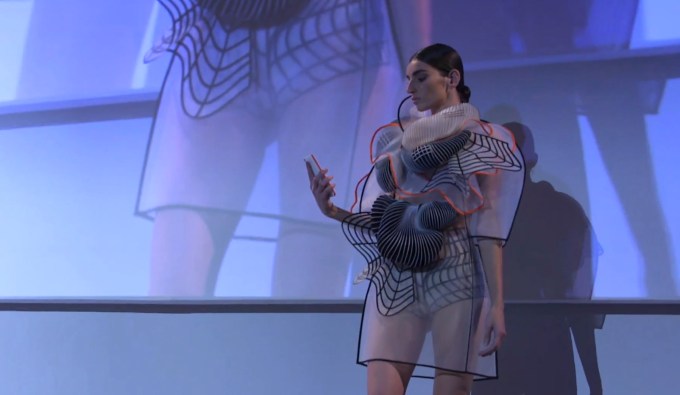
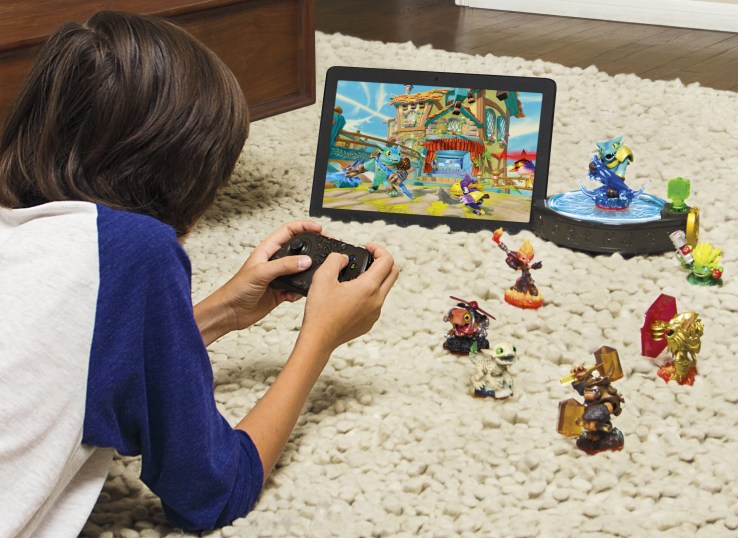
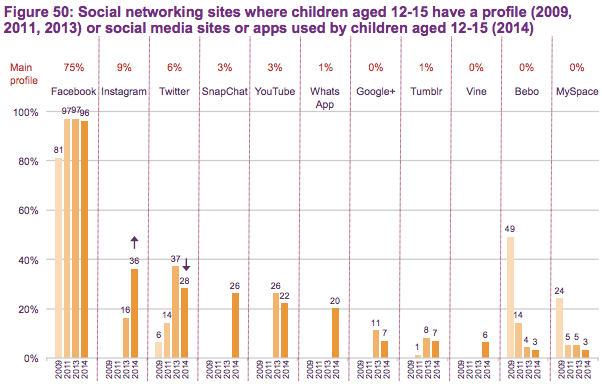
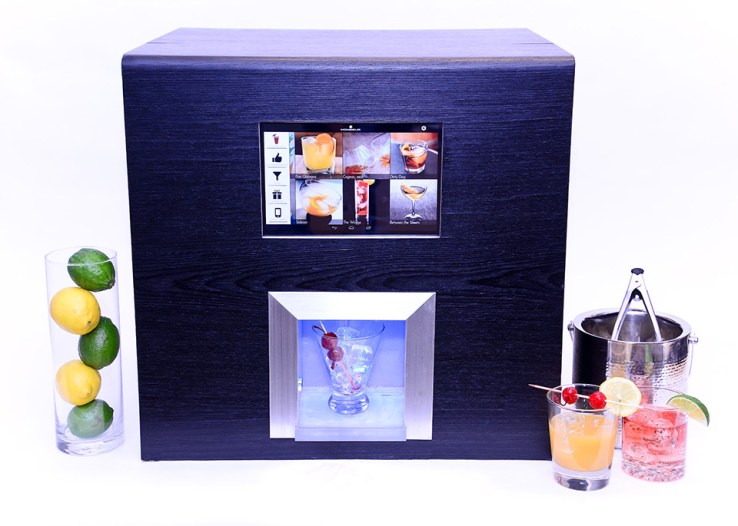
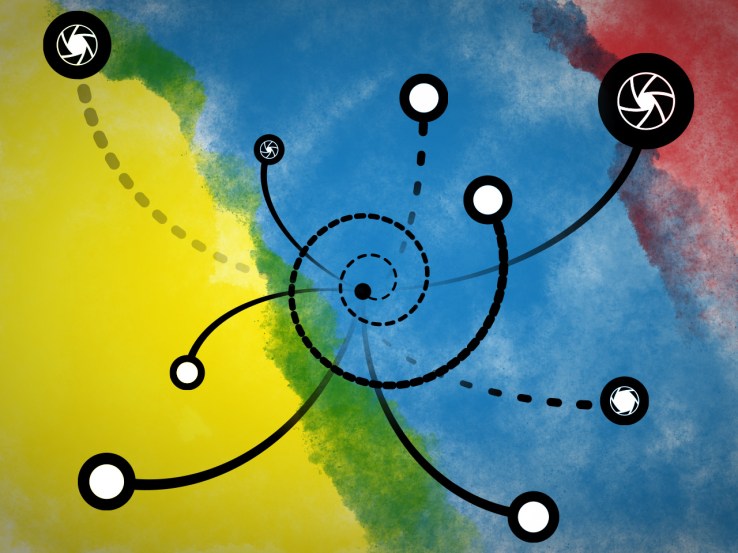

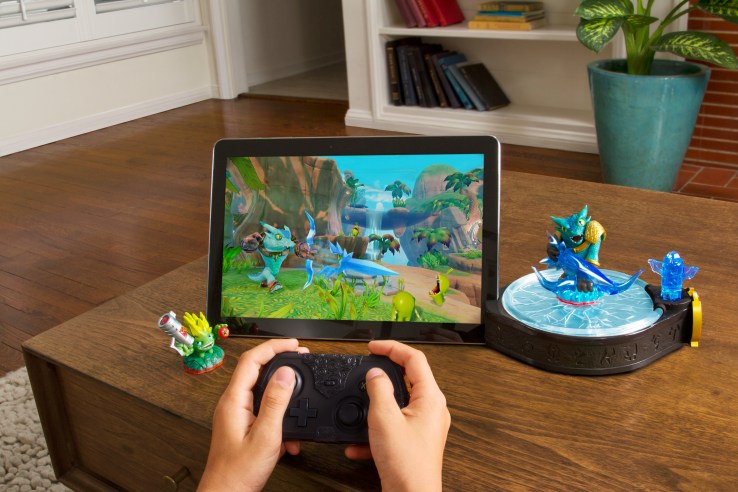

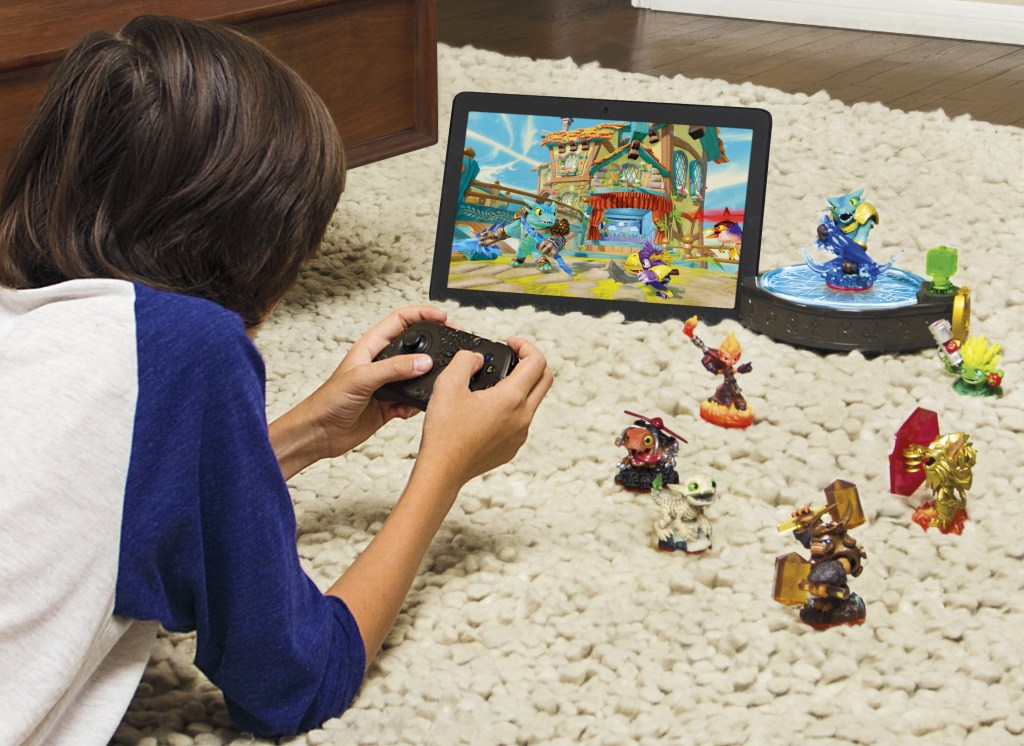
 Skylanders Trap Team ends up being a game that’s fun to play, either alone or with a friend, that just so happens to also encourage a huge amount of accessory purchasing. I’m of the school of thought that if you’re going to be buying toys for your kids anyway, they might as well have some lasting value (Activision once again says these will be forward-compatible with new software in the series). And while I value the appeal to my nostalgia and existing habits that Disney’s Infinity series, and especially its new Marvel line bring, the work Activision is doing creating entirely original IP and weaving it into an actual narrative is impressive. If you’re a fan of the series, Trap Team won’t disappoint, and if you’re new to the game, this is as good a jumping off point as any.
Skylanders Trap Team ends up being a game that’s fun to play, either alone or with a friend, that just so happens to also encourage a huge amount of accessory purchasing. I’m of the school of thought that if you’re going to be buying toys for your kids anyway, they might as well have some lasting value (Activision once again says these will be forward-compatible with new software in the series). And while I value the appeal to my nostalgia and existing habits that Disney’s Infinity series, and especially its new Marvel line bring, the work Activision is doing creating entirely original IP and weaving it into an actual narrative is impressive. If you’re a fan of the series, Trap Team won’t disappoint, and if you’re new to the game, this is as good a jumping off point as any.